The appeal of neo Marxism as a quasi religion, and the counter-revolutionary power of Christian sacred art
Last week, in Part 1, I described how despite the fact that it is often cited as the driving force of the contemporary art world, postmodernism is not, in my opinion, distinguishable from Marxist ideology and one of its recent iterations, Critical Theory. This week I examine the nature of the Marxist ideology in more depth.
Marxism originated as a pseudo scientific method of inquiry made in the 19th century by Karl Marx, therefore it is part of the ‘modernity’ that the contemporary art movement claims to be a reaction to. It was first known as ‘scientific socialism’ because it claimed a methodology that applied the principles of analysis of natural science to history in order to predict the future of society. By tracing the chain of events in history and applying the laws of cause-and-effect, Marxists predict a Utopian future in which all human needs are met. The necessary causal influence for change that pushes mankind on to its final destiny is in their view, violence. The violence that will bring about the desired change is, they claim, the product of an ongoing struggle between oppressor classes and the oppressed that will lead first to the total destruction of present society, and then the rise of a utopia out of the ashes.
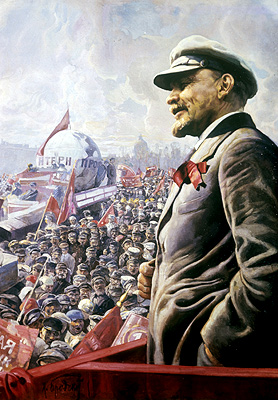
In this scenario the oppressors fight to maintain the status quo which benefits them, and the oppressed fight to destroy it. Building on ideas developed by the German philosopher Hegel, this ‘dialectic’ of opposites, oppressors and the oppressed, is not seen as a harmonious process of resolution by discussion, but rather one that can only be resolved by the victory of the oppressed over their oppressors. Violent conflict is seen therefore as a necessary component to its resolution.
This is not a political movement that seeks to change modern society into one that is more just. Rather, it is an ideology, a cultish, pseudo-religion that seeks the total destruction of the present society so that a fresh start can be made. There is however, no template for what this new society will look like, for it is assumed that it will emerge naturally from human interactions free from the traditions of the past.
In the 19th century and earlier 20th century it was thought that the struggles between the capital owning class, bourgeoisie, and the workers, would usher in the new Utopia. The Russian revolution of 1917 brought in a Marxist government and the expectation was that this would be the first in a wave of such revolutions across the Western world.
It quickly became clear, however, that the expected wave of revolutions was not going to happen. The workers didn’t want to be revolutionaries because their living conditions were steadily improving in the capitalist system without the need for revolution. The response of the Marxist theorists to the failure of history was to revise the hypothesis.
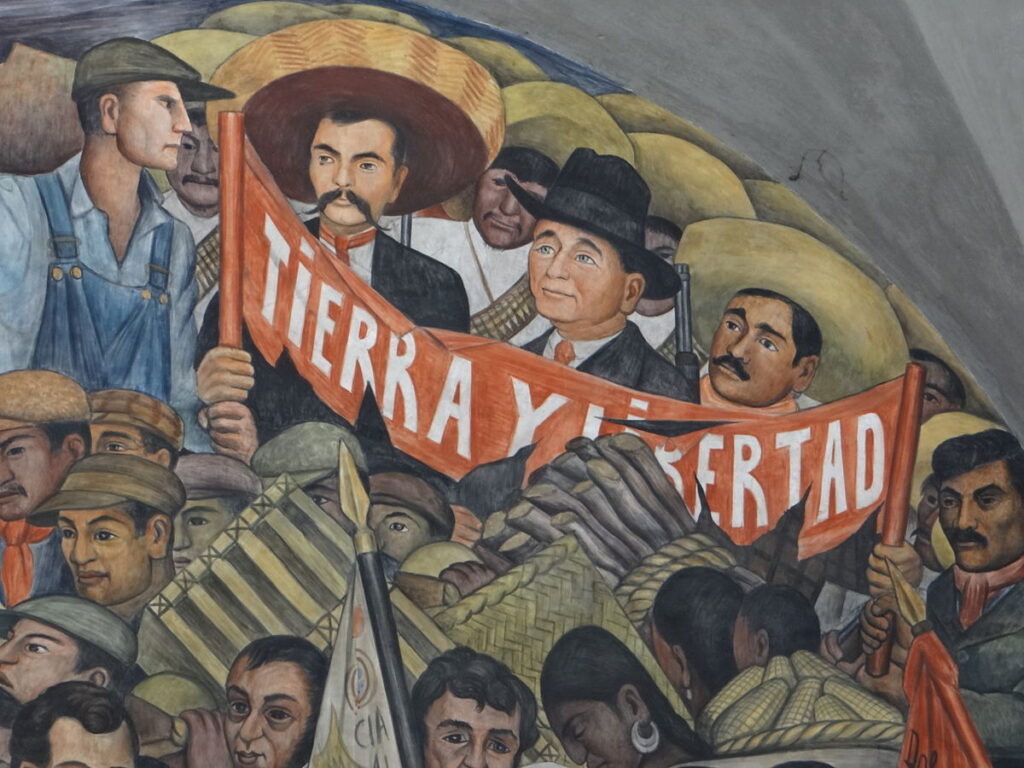
In the new theories, which began to take hold after the Second World War, the need for violent destruction of contemporary society remained, but the class struggle became one between a different set of parties. Rather than traditional class struggle with bourgioisie as oppressors and workers as the oppressed, the violent dialectic of destruction was proposed as one between Caucasian men – the ‘white patrimony’ – as the oppressor class, and everybody else – minority groups – as the oppressed. Therefore women, non-Caucasian races, gay men and women, and transsexual people were all now classed as victims who are to be incited to fight for their freedom. This revised theory of Marxism is referred to today as Critical Theory and is the ethos that dominates modern universities. It is particularly prevalent in the humanities and fine arts programs.
The great appeal of socialist theory is that even though it is an atheist and materialist philosophy it provides a narrative for the emergence of a perfect world, without requiring its adherents to believe in God or the Christian moral code. Its promise of a materialist Utopia is an atheist-materialist alternative to the salvation history offered by Christianity. Further, it indulges the unhappy, whom it recruits to its cause, by indulging their desire to blame others – the oppressor class – for their unhappiness.
Given that man is made by God to desire God and heaven, and to recognize the account of salvation history recounted in scripture as the truth, this alternative ideology with its superficial similarity to some aspects of what the Christian faith teaches, even though false, has the capacity to appeal powerfully to that part of us that yearns for God and for the truth. That place deep in the core of us which grasps such fundamental truths is referred to traditionally as ‘the heart’. It is in our hearts that we assent to, or reject, God. The false teachings of socialism fall very easily into the vacuum that is created in our hearts by the rejection of God.
Socialist ideology, therefore, plays the part of a quasi secular faith for so many of those who accept it. So strong is this appeal and the desire for it to be true that even when the events of time fail to confirm its hypothesis, many just flatly ignore the contradictions, or seek to revise the hypothesis to fit the facts rather than admit it is wrong.
Critical theory, the latest iteration of Marxist theory, is responsible for the grievance politics of race, gender, and sexual orientation that dominate so much political discourse today.They deliberately provoke disharmony and sometimes even violence between different groups of people, based upon race, gender and sexuality.
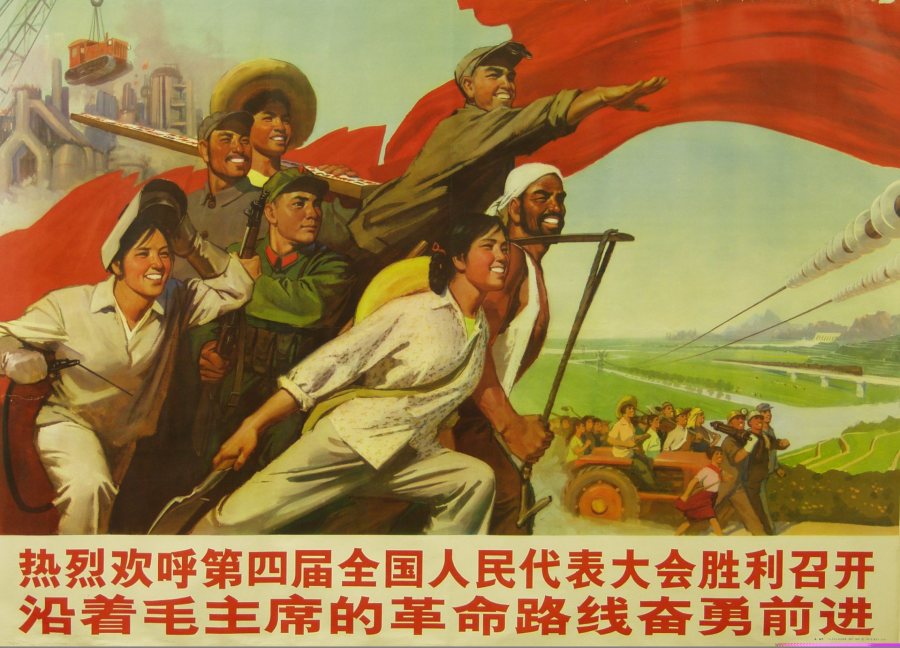
Marxist theorists argue that all the current institutions that form the basis of Western society are created by Caucasian men as instruments of power that enable them to oppress all other groups of people. The critique is all encompassing and includes every aspect of contemporary society, including liberal democracy, the free market economy, the right of private property, our universities and schools, the Christian religion, and even the family. The critique of Western society and culture goes beyond the institutions that uphold them, it goes to the very ideas upon which they are founded. The existence of God, and even the existence of objective truth (beyond the Marxist narrative itself which is the only measure of truth they will acknowledge). All are viewed as instruments of oppression by the white patriarchy. Similarly, all art, architecture, music and other aspects of the culture that emanate from traditional Western values are seen as instruments of oppression for they all help to sustain and transmit Western values.
The Marxist asserts that there is no possibility of modifying these institutions because their very existence is built on the premises of Western thought. The only way to remove the oppression and injustice, which they suppose is permeating all of Western society, therefore is to destroy all the institutions and every aspect of the culture that reflect it and have grown up within it and continue to transmit and sustain its values. This goal of destruction applies to everything, right down the family.
Marxists are aware of the profound influence of culture on forming opinion and have always sought to control and manipulate the institutions of the culture – universities, the news media, as well as political institutions. They have been extremely successful in manipulating the form and message of contemporary art, music, architecture, film etc so that it is consistent with their world view. This at a time when Christians, who should have opposed this all the way, seem to have lost sight of the importance of a contemporary culture that supports a culture of faith.
At the same time, Marxists rarely reveal that this is what their theories are. So many who push Critical Theory will do so without fully revealing the source of these theories, or what their ultimate goal is. While the political rhetoric of Marxism is deliberately presented as though it is interested in righting wrongs and countering injustice, in practice it does the opposite. It’s actions are aimed at amplifying the sense of victimhood and grievance. The intention in doing this is to raise anger in the assigned oppressed groups so that they will rise up violently. To this end Marxists are happy to engage with any forces that are likely to engage in a forceful struggle against the West. This explains the apparent paradox in the Left’s tolerance of fundamentalist Islam, even when some tenets of the Islamic faith contradict those of Marxism.
As a result of this, the assumptions of Marxist ideology have seeped into the mainstream and adopted by people who very often are not aware of the implications of what they think. This is true of many who call themselves Christian.
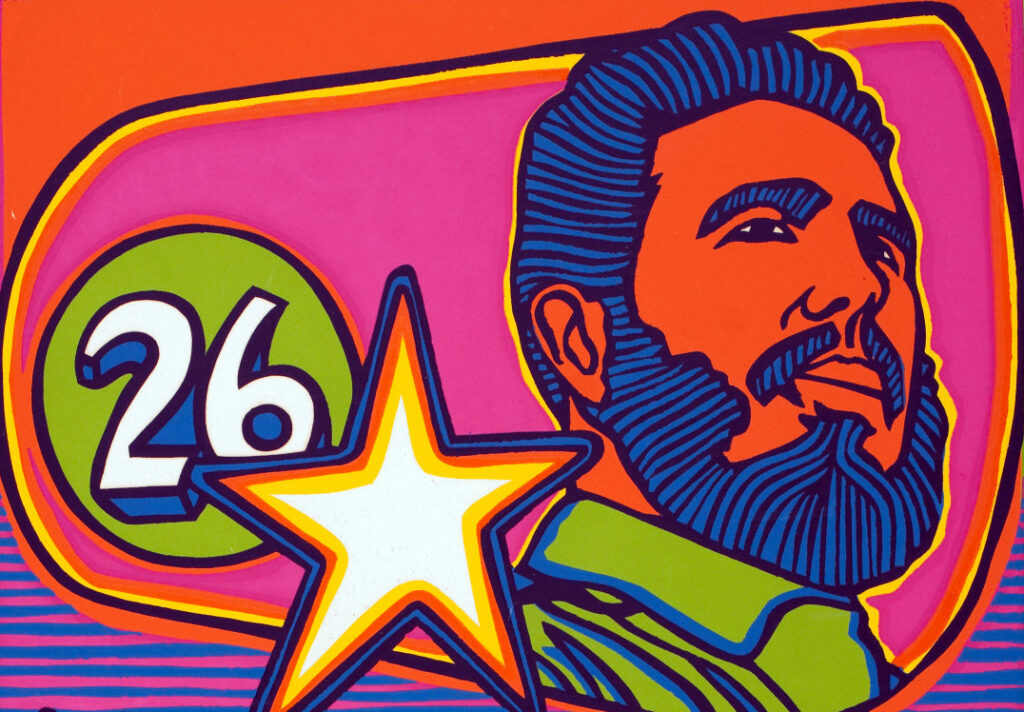
Catholics, for example, all the way to Rome accept the Marxist critique of capitalism and the free economy without realising that this critique promotes a worldview that is contrary to their own faith. It is not common for people to see private property as necessary evil rather than a good upon which a Christian society must be founded. Similarly there are many Christians who are sympathetic to other socialist or Marxist ideas and who are unaware that they are working with a force that is directed towards the destruction of their Christian faith and all the main institutions of society. It sounds virtuous to be in favor of diversity and equality, for example, as long as we don’t investigate too far the consequences of the policies proposed to rectify the supposed lack of diversity and inequality.
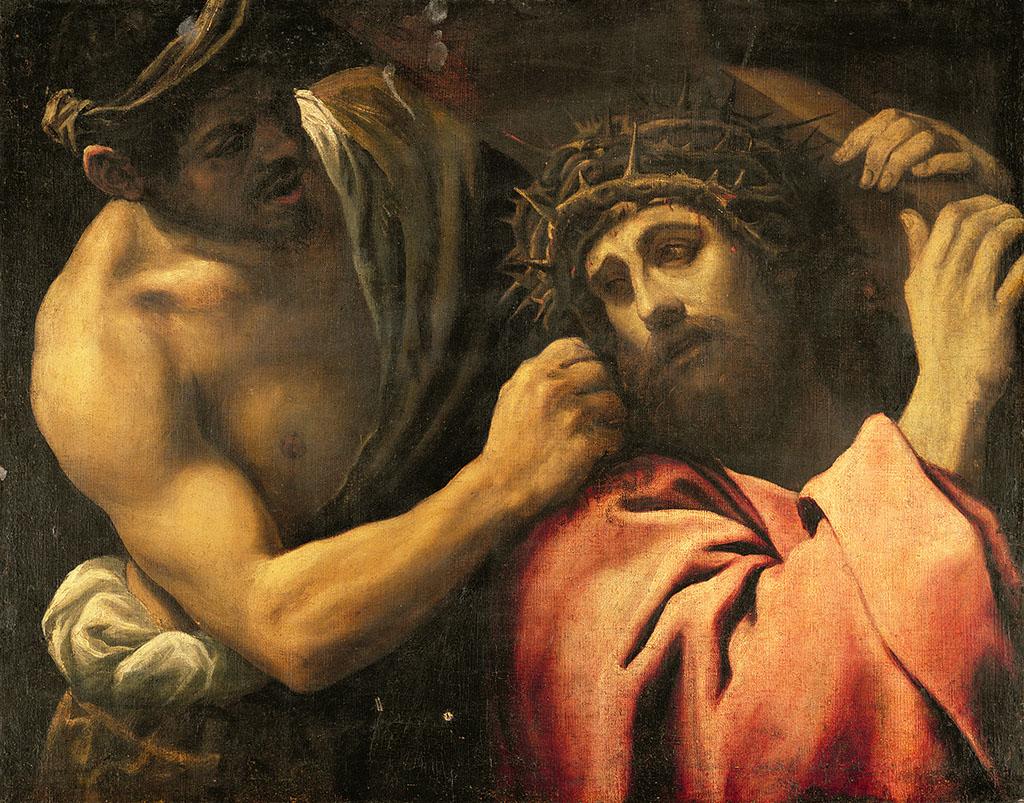
Above and below: Christian sacred art which I present by way of contrast to the revolutionary art shown. It is important for Christians to assert the story of the Salvation in order to supplant the story of the revolution. All aspects of the culture should play a part in this, and by all good means possible. However, the source and summit of our weapons in this cultural war should be in the liturgical forms.
Regarding sacred art, I suggest that as a starting point, we can consider that what was good for the Catholic Counter-Reformation is good for the the Catholic Counter-Revolution. Just as sacred art played a vital part in the Counter-Reformation (in the form of the Baroque art) so it will now.
Notice how this Christian art, shows not conventional victorious heroes, in the manner of the Marxist inspired art, but rather, the paradoxical victory by death and suffering. Christian ‘counter-revolutionary’ art is sacred art in which the New Jerusalem is ushered in not by a a military or political leader, but by God, through Christ whose victory was acheived through his own death. And the measure of that victory is peace in the hearts of Christians. It is the peace that passeth understanding that will displace the Marxist ‘anti-faith’ from the hearts of men.
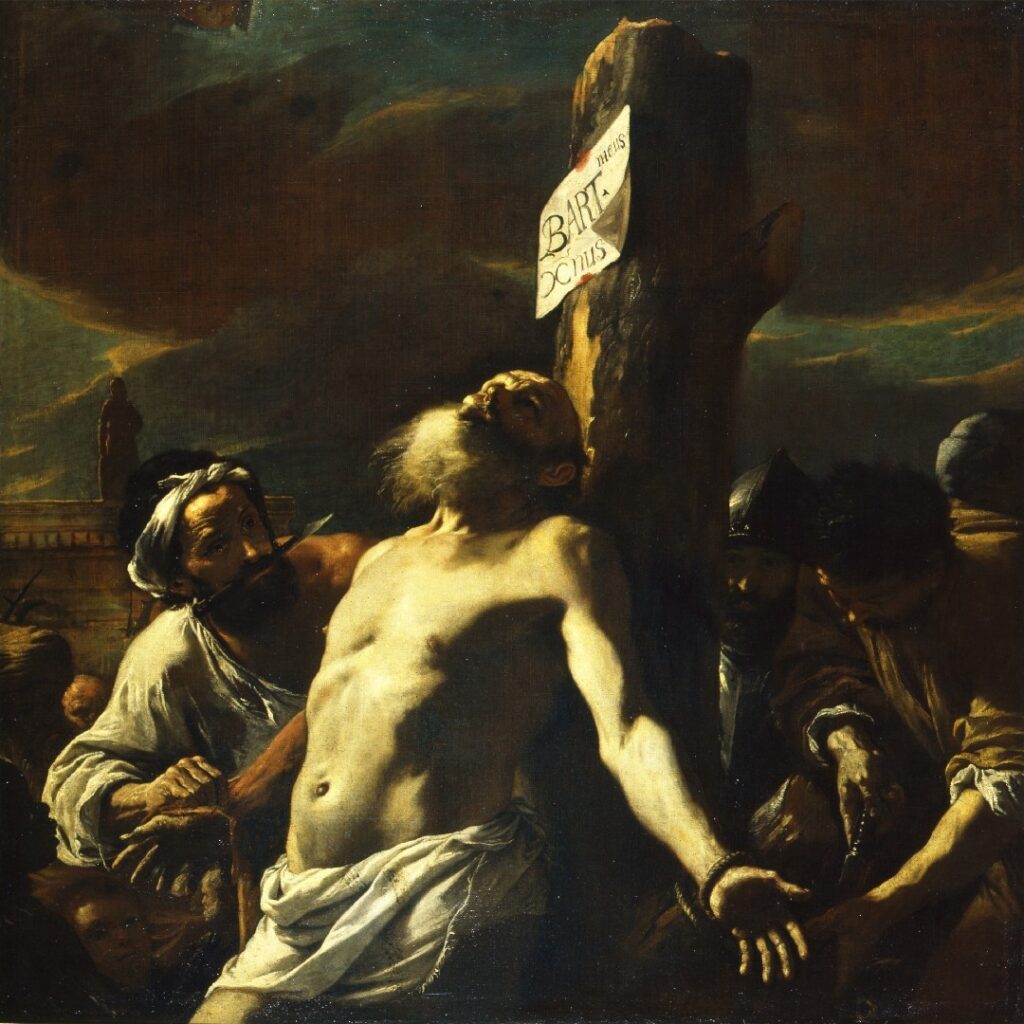
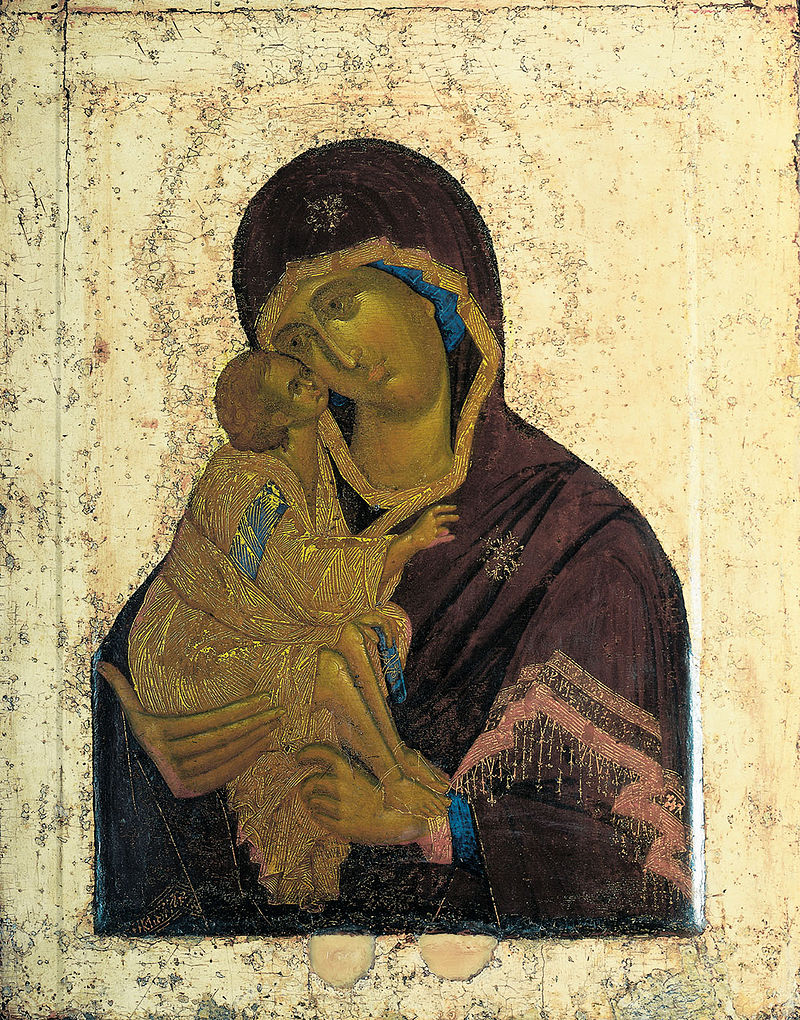
From the David Clayton | Marxism | Post Modernism | Sacred Art | Salvation History | Virgin Mary series
View more Posts